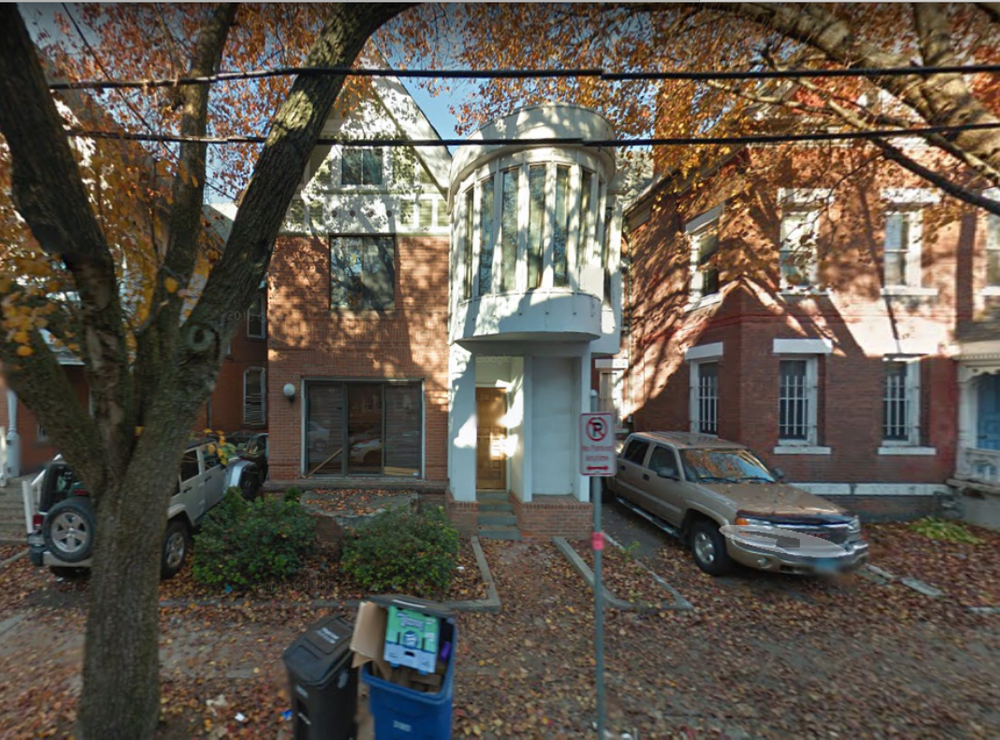
26 Lynwood Place
26 Lynwood Pl, New Haven, CT 06511
A solely residential building, 26 Lynwood is a brick building in the Queen Anne in 1885 with a a1970s-era, white stucco addition that reflects both the past and present of Lynwood and the Dwight Street area. Currently housing members of Yale’s Lightweight Crew team, the dwelling is used both as a living and gathering space and helps to facilitate a student community on Lynwood.
1885 (year built) – Erwin Barnes
1916 – Erwin Barnes
1918 – Erwin Barnes
1924 – Erwin and Emma Barnes
1927 – Vacant
1939 – Anna Griffith, Peter Pan (furnished rooms aka renter)
1955 – George Hyde, Peter Pan (furnished rooms aka renter)
1970 – 2 Vacancies, Janice Henderson
1974 – 3 Vacancies
1976 – 3 Vacancies
1980 – Neil Briskman, Vacant, Wendell Harp (Owner)
Before 1820, the surrounding area stood as a piece of undeveloped, forested land on Yale’s Western edge. However, with the rise in American industry following the war of 1812, it quickly became developed and settled - mostly during the 1820s. It was during this time that carriage shops dominated the Dwight Street district, with multiple shops lining Park Street, the street parallel to Lynwood. Investors rushed to purchase the land to sell to employees of the various carriage companies.
Post–Civil War growth greatly increased New Haven’s population and led to the increase of multifamily homes in residential areas—as evidenced by the entirety of Lynwood Place. The first building to be built on the plot of land at 26 Lynwood was the current structure still standing. The land was bought from Hooker and Osbourne by Erwin Barnes, the structure’s first resident.
The first residents of the building were Erwin Barnes, a railroad clerk, and his wife, Emma. While the surrounding area was inhabited mostly by those who worked in the carriage industry, Lynwood was home to a slightly wealthier group of urban residents, including the Barneses. As Gilchrist says in her nomination of Dwight Street area as a historic place, “Lynwood Place became a fashionable enclave of expensively built, brick dwellings and townhouses designed to comply with new city fire laws.” Lynwood was an enclave within the larger working-class neighborhood of Dwight Street. Following Erwin’s death in the late 1920s, the building was changed from a single-family home to an apartment building, with various tenants residing in it until the 1970s, when it became largely vacant. This shift to a multi-tenant dwelling was precipitated by the increased population of New Haven during the interwar period in the 1930s.
Wendell Harp bought it in 1973. A Yale graduate, Harp was the youngest registered architect in the city, and was married to Toni Harp, who became New Haven's first African-American female mayor in 2014. Harp most likely designed and built the prominent white stucco addition to the home. Mr. Harp died in 2011; Mayor Harp no longer lives there. The structure is now occupied by members of the Yale Men’s Lightweight Crew Team, which hosts social events open to the Yale student body.
Through its 133 years, 26 Lynwood chronicles the tale of this working-class neighborhood and the spread of Yale’s campus. Its history shows the rise of urban residential spaces within New Haven.
The building at 26 Lynwood appears confusing—perhaps even out of place—on the quiet, tree-lined street. Its Queen Anne features mesh with the streetscape, while its recent addition sharply contrasts with the other dwellings on the street. Lynwood’s location is both central and secluded. A small street, it feels inviting and private with its paved and tree-lined sidewalks and similarly-sized family homes. Yet this intimate residential aesthetic is countered by its proximity to one of New Haven’s central shopping districts. While located on a residential street with mixed apartment and private family buildings, it is only one block away from the commercial Broadway scene and Christ Church.
Currently, Lynwood is home to an eclectic group of mostly Yale students. A wide variety of students call this street home, with members of varsity sports teams, music groups and religious organizations grouping in the various buildings. In fact, many Yale students feel that Lynwood has become an extension of Yale; while technically off-campus, the street does not feel as such (Foxhall). Additionally, the Jewish Center, Chabad, now dominates a portion of the street and serves as a commanding focal point.
Built in 1885, this red brick Queen Anne structure serves as a wonderful example of New Haven’s changing architectural scene. Set back from the street with a shallow front yard, this traditional Queen Anne home features a 1975 stucco addition, along with other contemporary features, such as the single spherical outdoor light. These create a unique mixture of styles, breaking up the balance and rhythm of the otherwise traditional façade. This significant alteration to the building was most likely done by Wendell Harp – a former owner, resident, and Yale School of Architecture graduate. On the right side of the facade, a stark white oriel window, broken with repeated small slit panes, protrudes above the similarly white, deeply recessed doorway. The left side of the house is composed of brick, laid in both stretcher-bond and basket-weave orientations, with basket-weave delineating the first and second floors. Brick forms the anchoring mass of the house, topped with a gabled, shingled roof sporting paired casement gable windows surrounded by paneled ornament. Considering these two architectural styles, the house is somewhat Frankenstein-esque, with the two styles joined in the middle. With a concrete backyard, 2.5 stories, and a finished basement with a built-in bar, the apartment-style house contains more space than expected from its modest façade. Additionally, a side octagonal bay window added between 1901 and 1911 adds to the deceptive mass of the building.
Foxhall, Emily. "Yale, meet New Haven: town-gown on Lynwood Place." Yale Daily News, October 21, 2010. Accessed February 23, 2018. https://yaledailynews.com/blog/2010/10/21/yale-meet-new-haven-town-gown-on-lynwood-place/.
New Haven, CT, City Directory, years 1916, 1918, 1924, 192, 1939, 1955, 1970, 1974, 1976, 1980
Bass, Paul . "Lunch with Wendell." New Haven Independent , December 3, 2011. Accessed February 22, 2018. http://www.newhavenindependent.org/index.php/archives/entry/lunch_with_wendell/.
Gilchrist, Alison ed. John Herzan, Dwight Street, National Register of Historic Places Inventory/Nomination Form, Ct. Trust for Historic Preservation, New Haven, August 8, 1983
"New Haven CT, 26 Lynwood Place." Vision Government Solutions. 2016. Accessed February 26, 2018. http://gis.vgsi.com/newhavenct/Parcel.aspx?Pid=16821.
Sanborn Map Company. New Haven, Connecticut, 1886. New York: Sanborn Map & Publishing Co, 1886. "Sanborn Fire Insurance Maps".
Sanborn Map Company. New Haven, Connecticut, 1901. New York: Sanborn Map & Publishing Co, 1901. "Sanborn Fire Insurance Maps".
Sanborn Map Company. New Haven, Connecticut, 1911. New York: Sanborn Map & Publishing Co, 1911. "Sanborn Fire Insurance Maps".
Sanborn Map Company. New Haven, Connecticut, 1973. New York: Sanborn Map & Publishing Co, 1973. "Sanborn Fire Insurance Maps".
Dwight Street Area Historic and Architectural Survey, 1980
Researcher
KH
Date Researched
Entry Created
July 9, 2018 at 3:40 PM EST
Last Updated
July 13, 2018 at 12:34 AM EST by null
Historic Name
Style
Queen AnneCurrent Use
ResidentialEra
1950-19801860-1910Neighborhood
OtherOtherTours
Historic Chapel West and Dwight EdgewoodYear Built
1885
Architect
N/A
Current Tenant
Yale Lightweight Crew Team
Roof Types
GableStructural Conditions
Very Good
Street Visibilities
Yes
Threats
None knownExternal Conditions
Very Good
Dimensions
30' x 50'
Street Visibilities
Yes
Owner
26 Lynwood LLC
Ownernishp Type
Client
Historic Uses
Residential
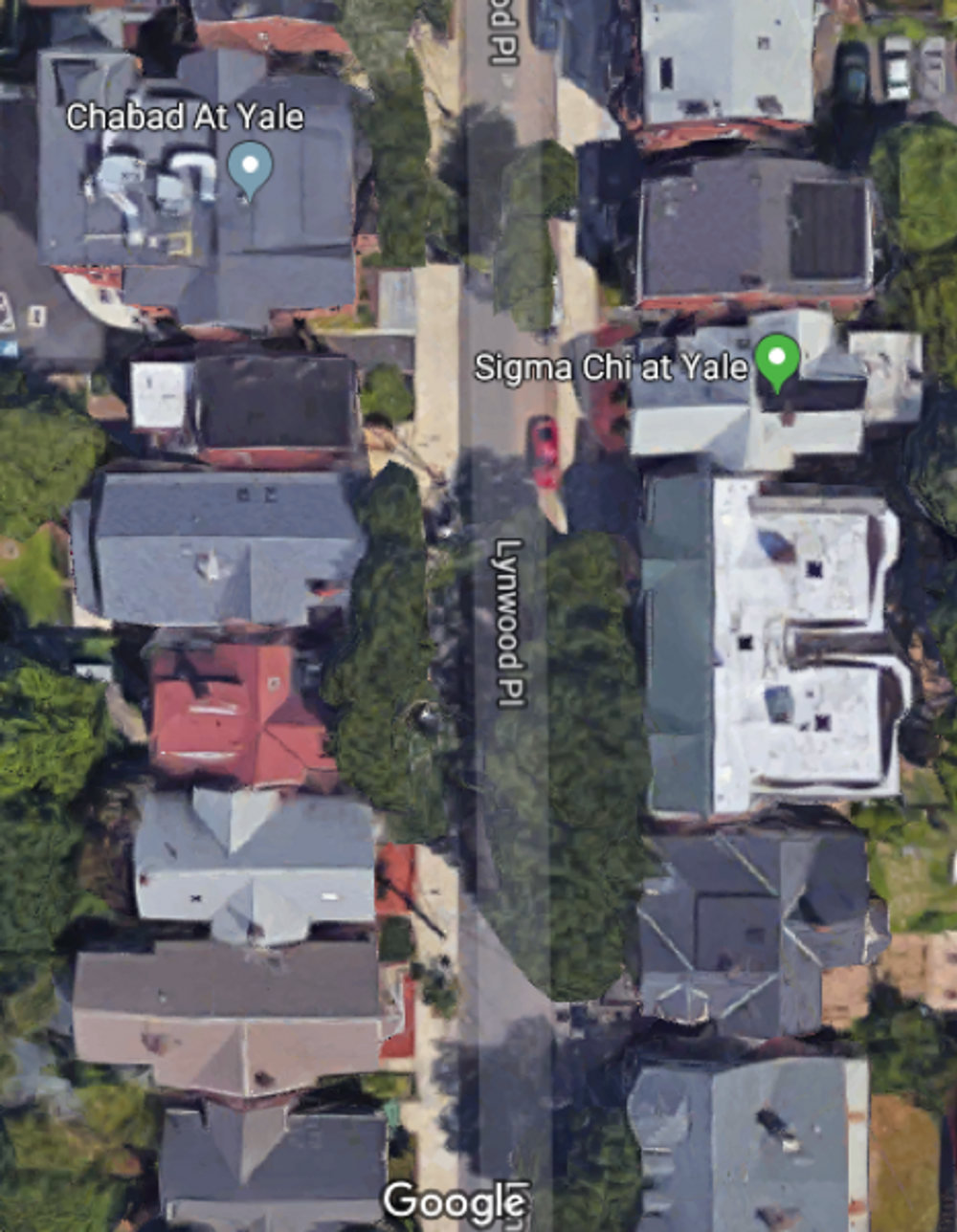
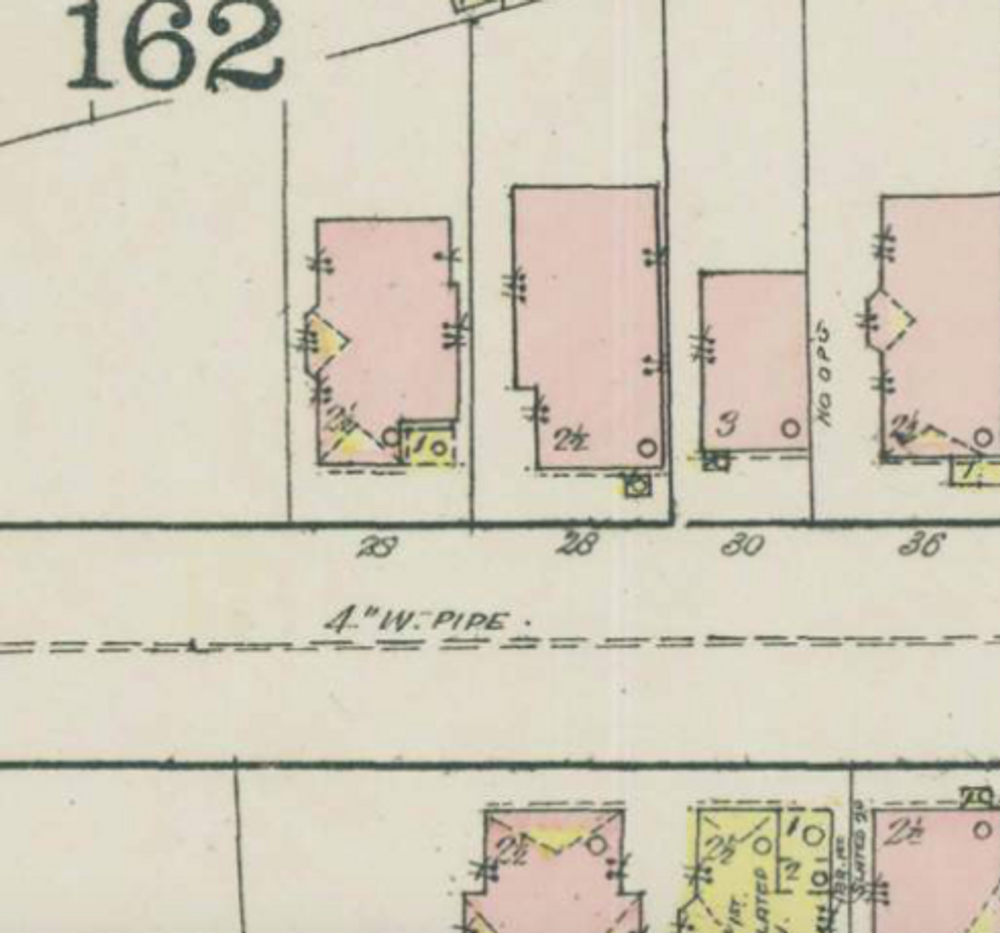
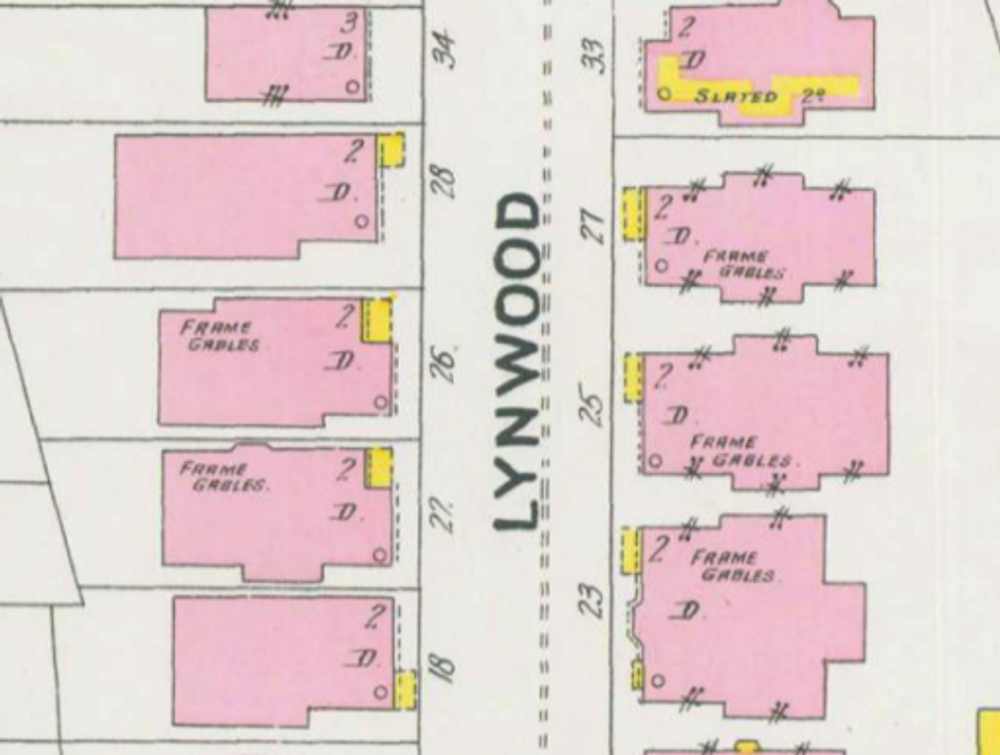
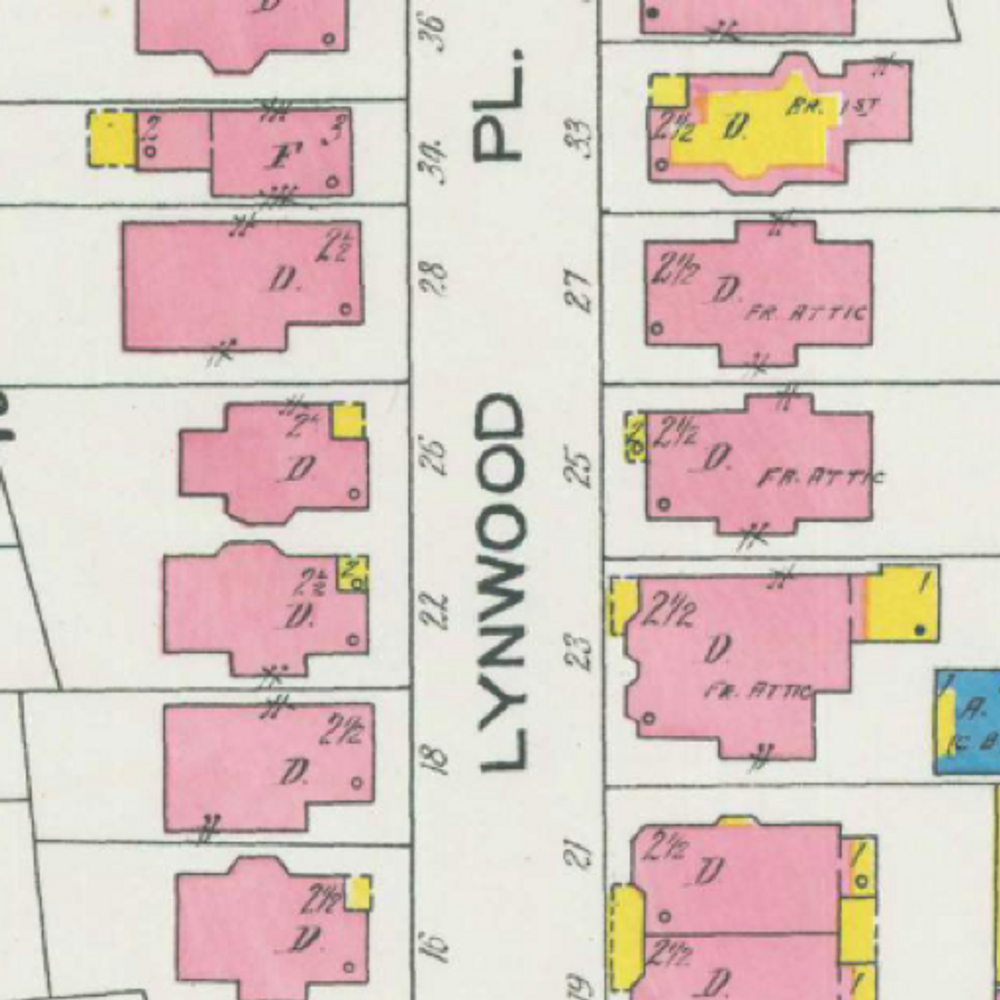
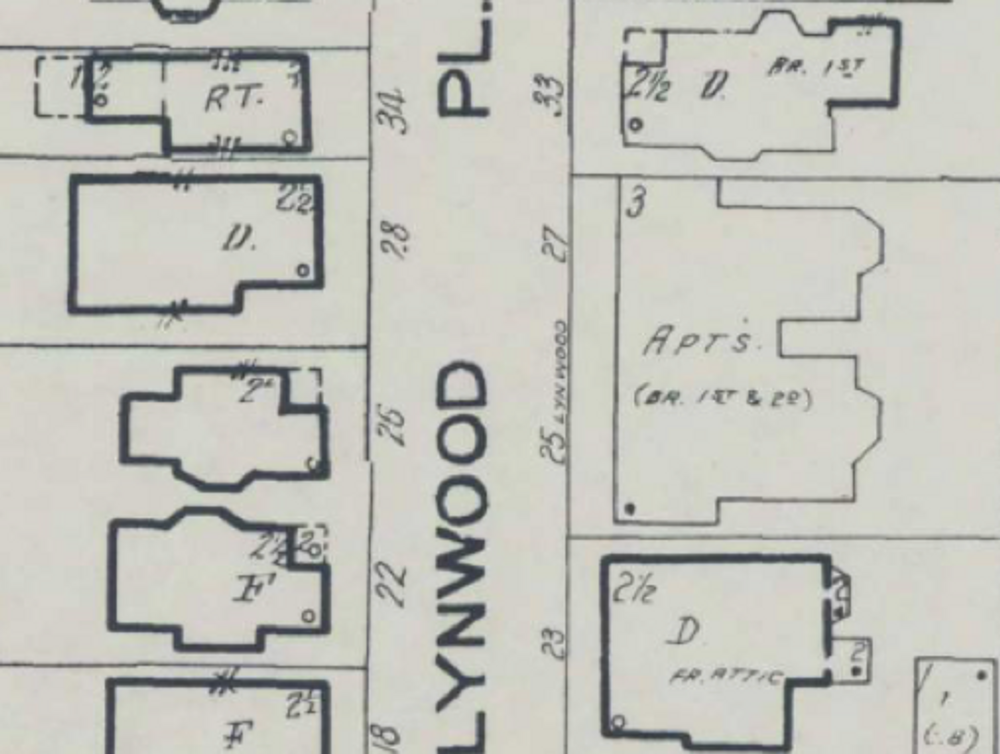
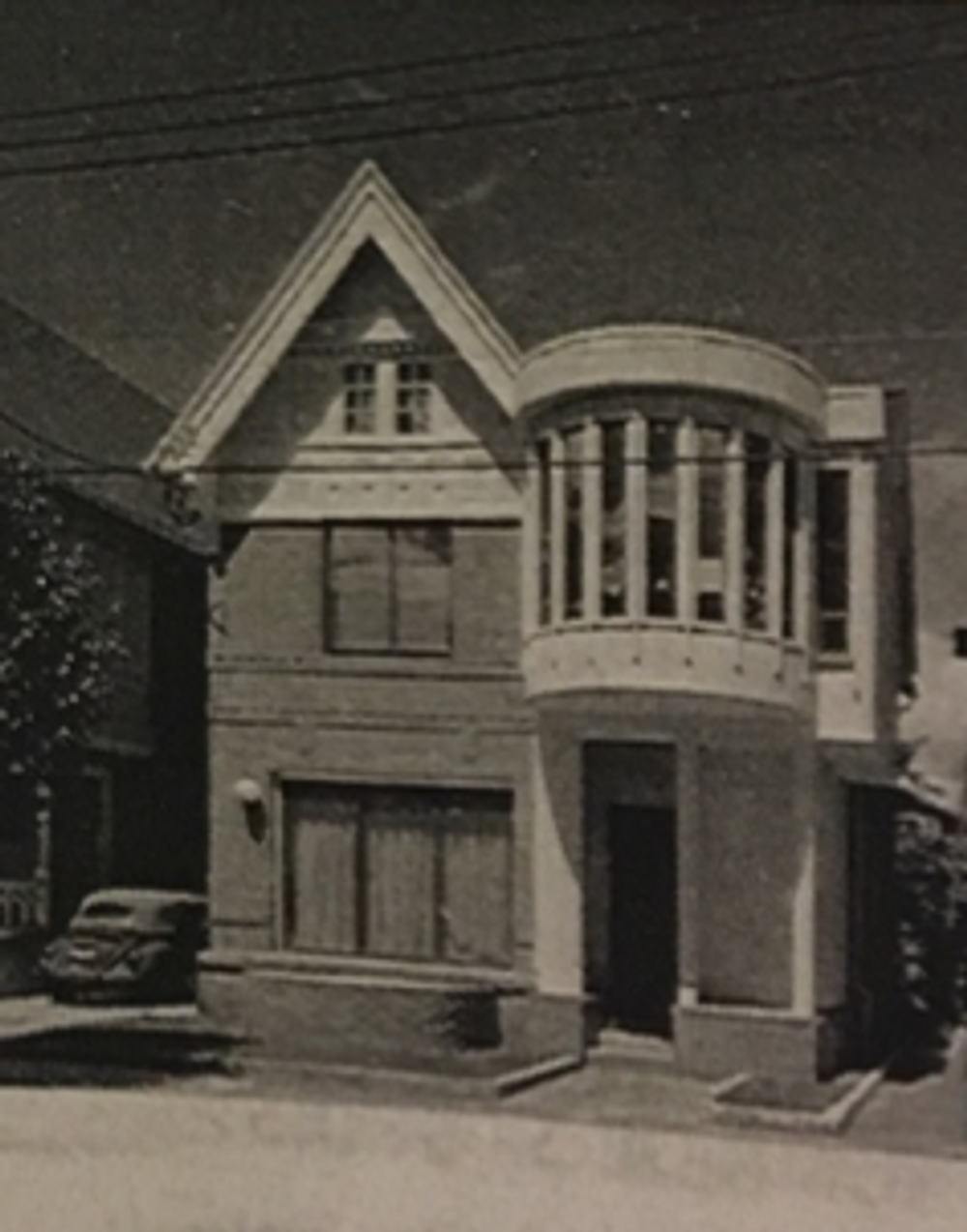
Comments
You are not logged in! Please log in to comment.